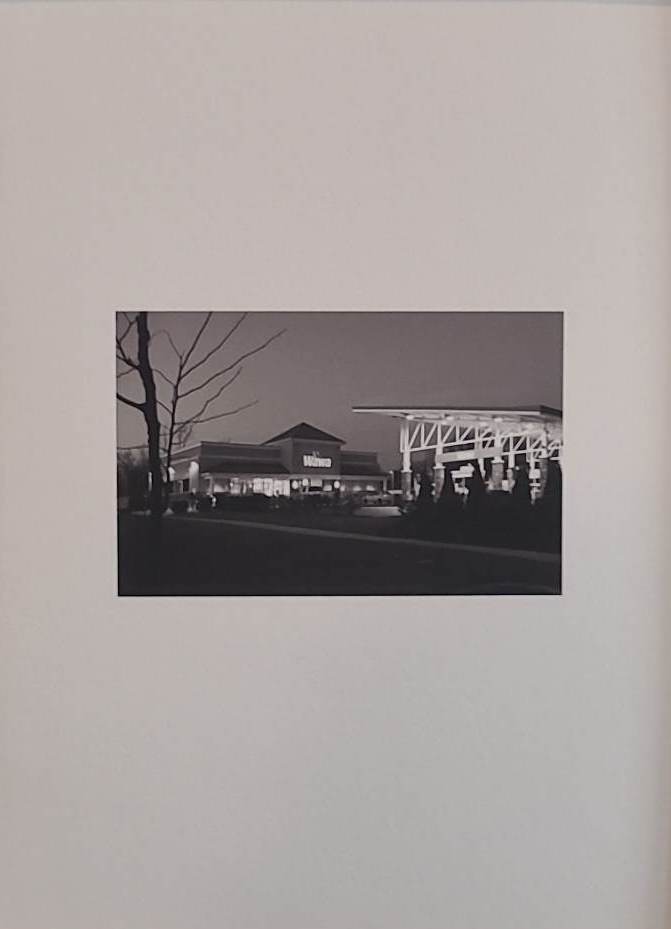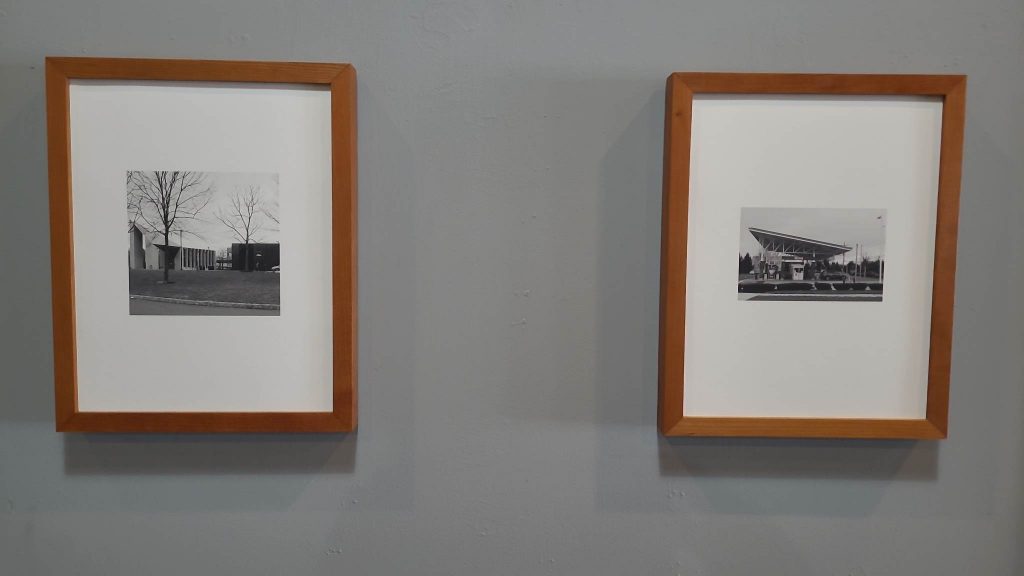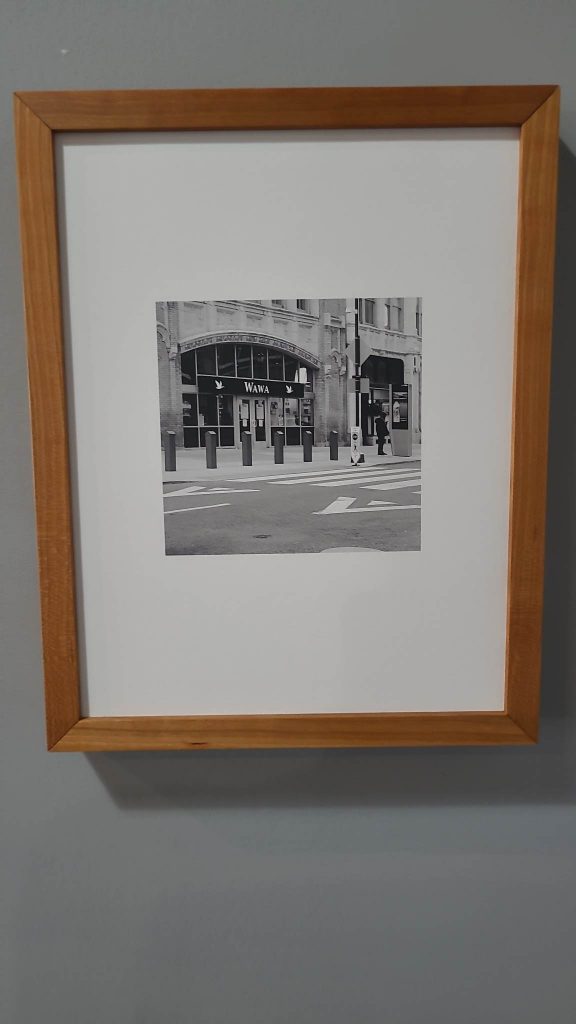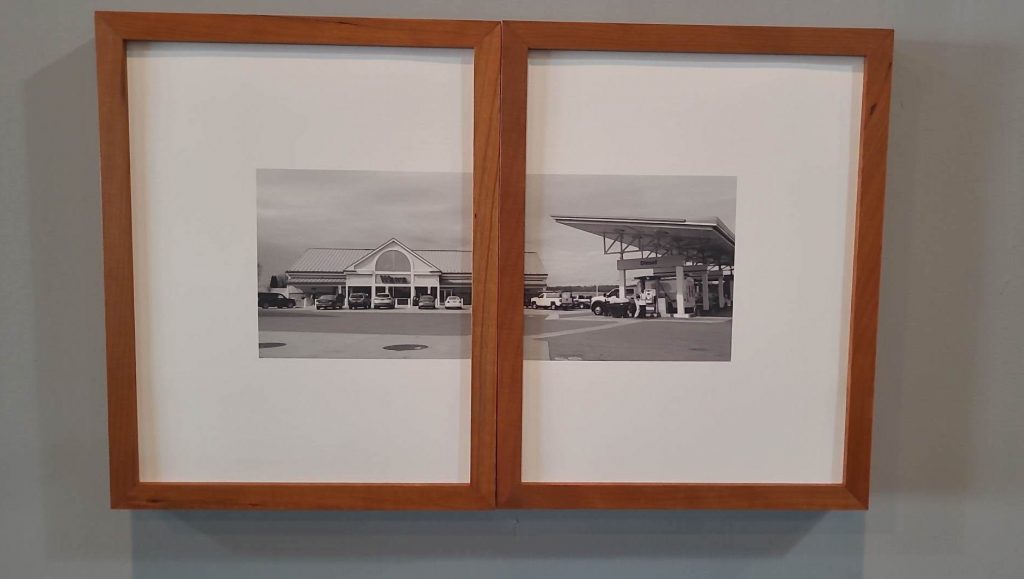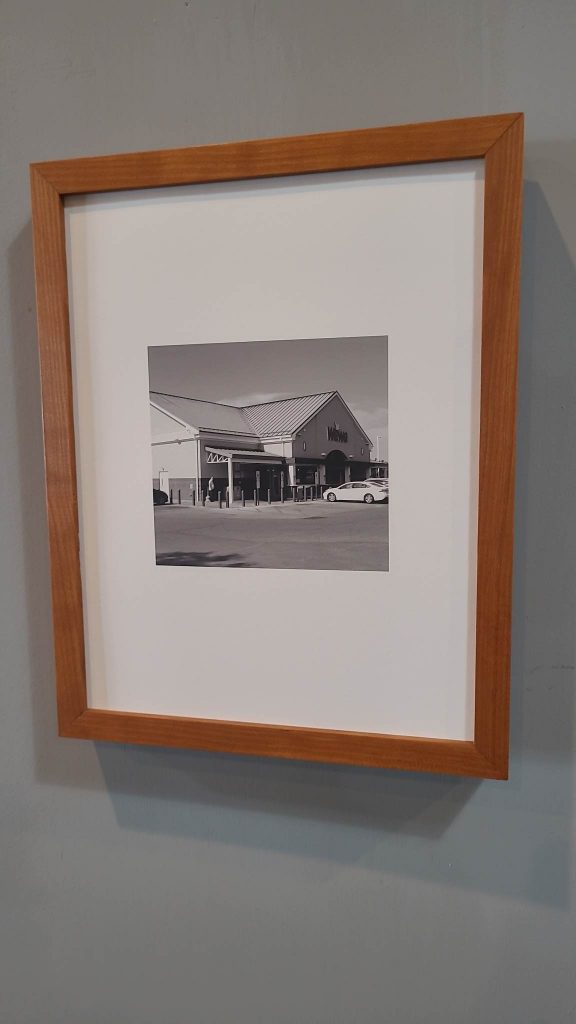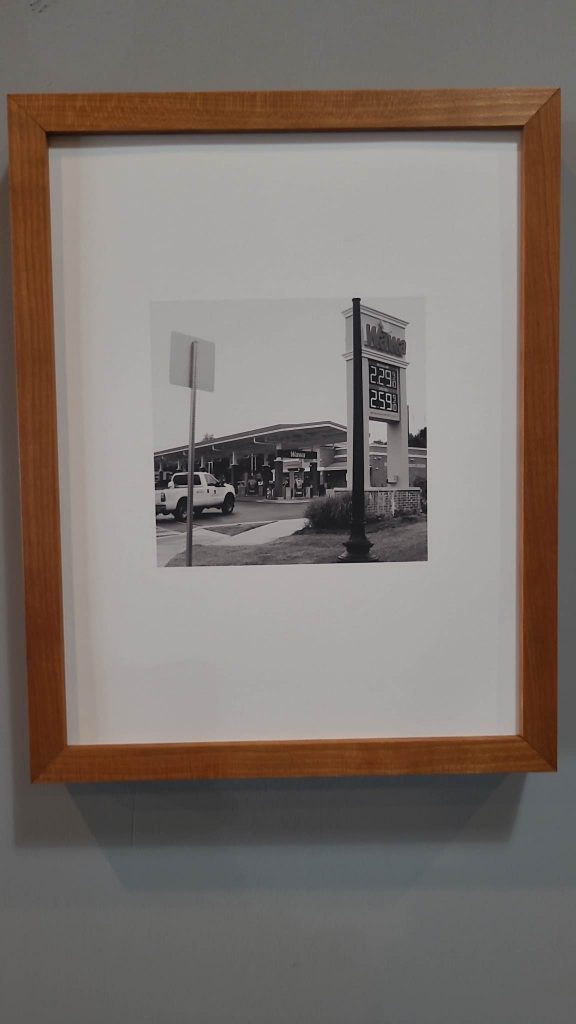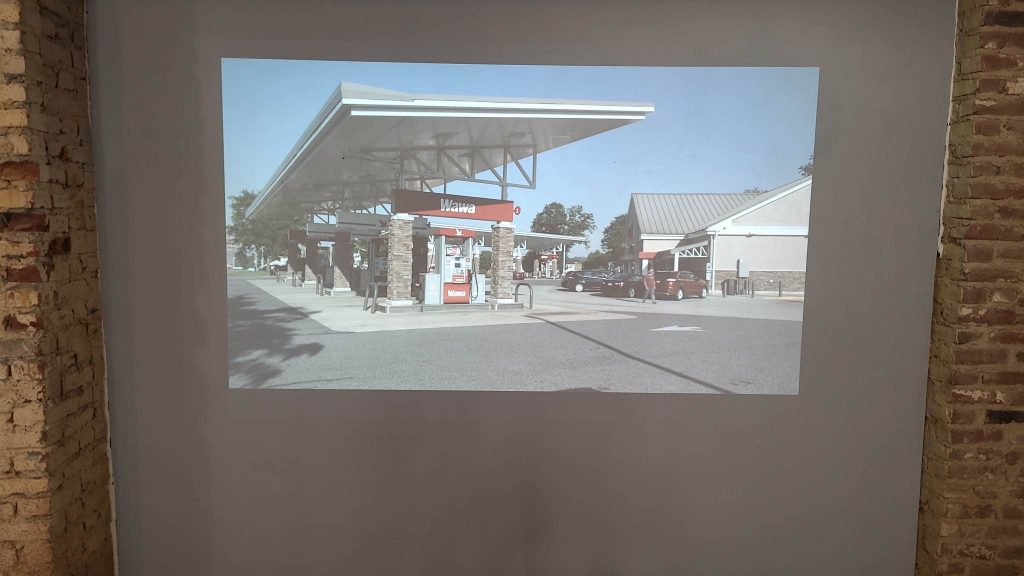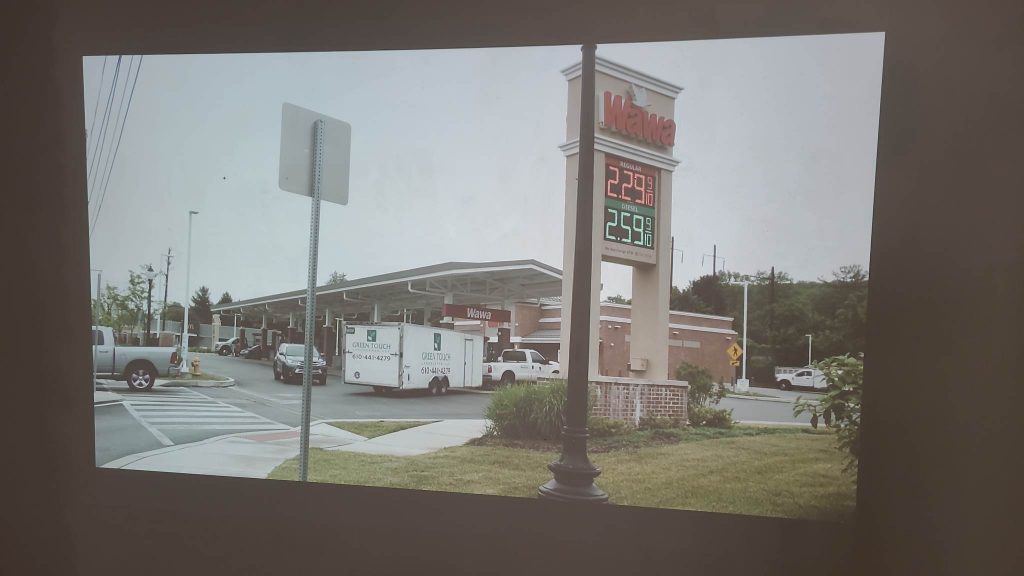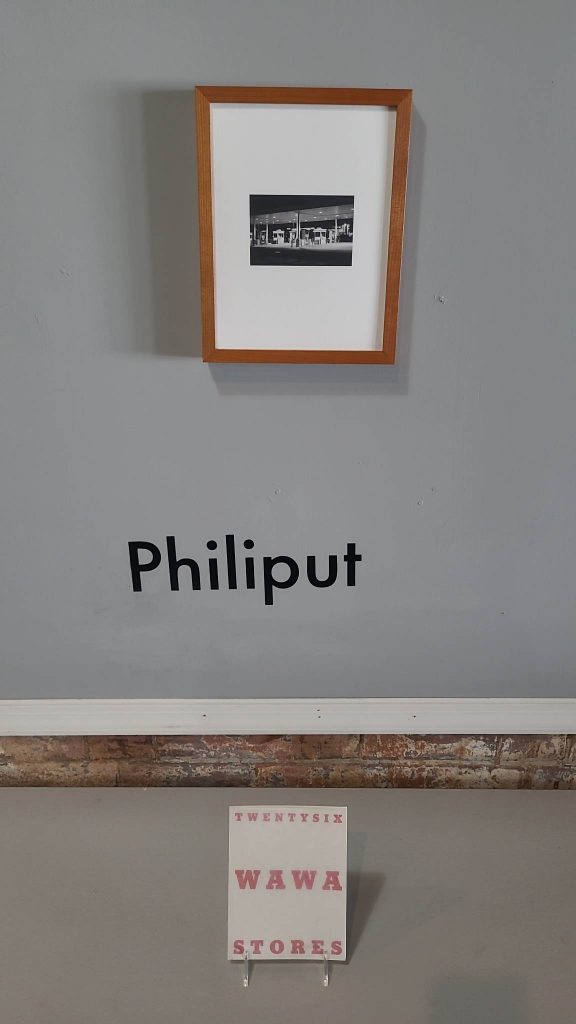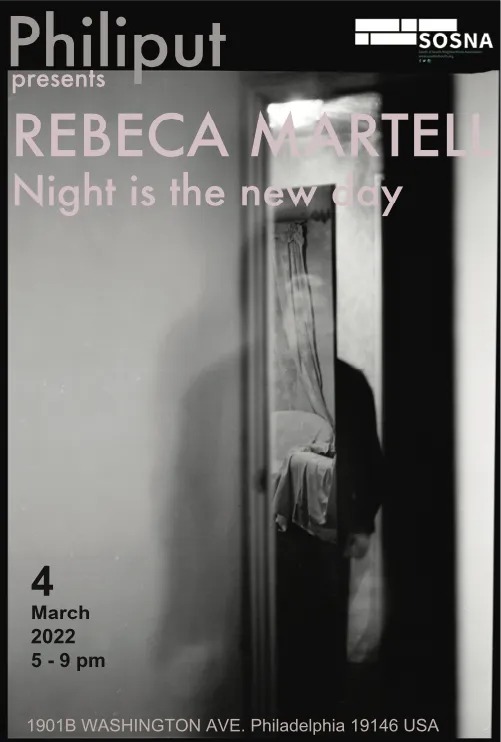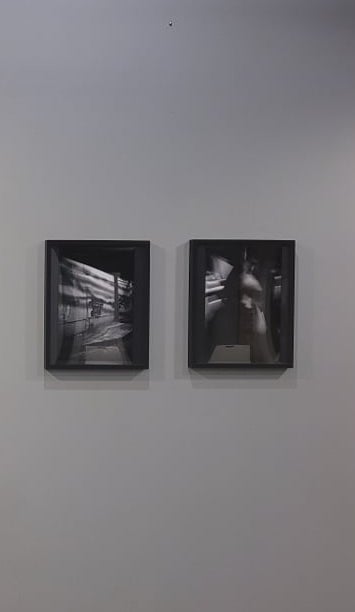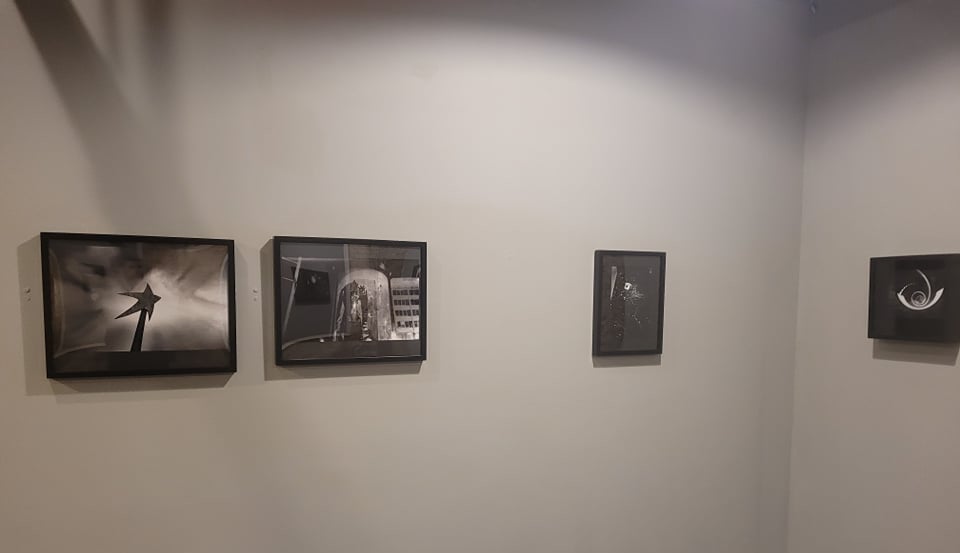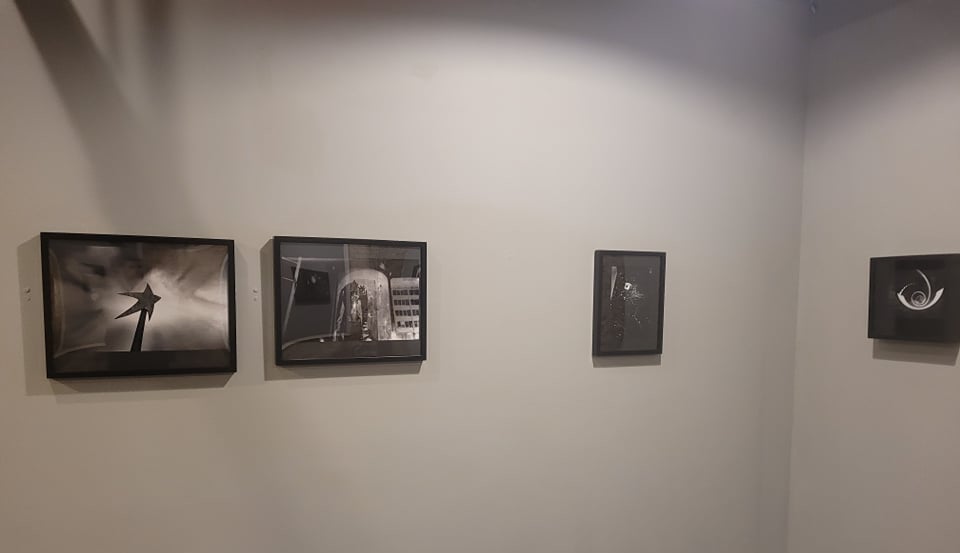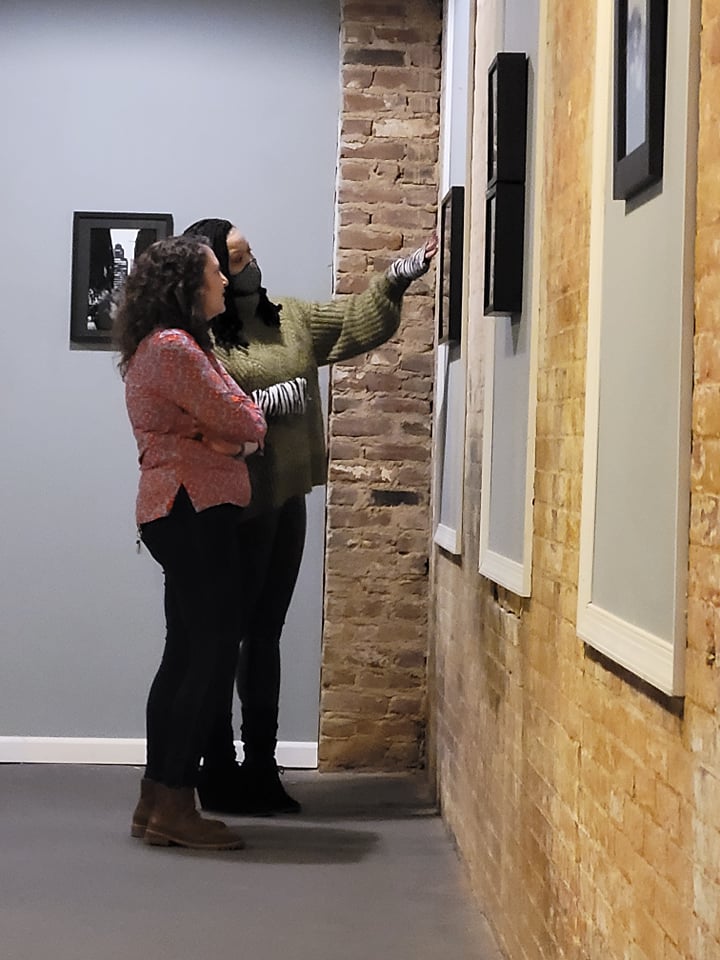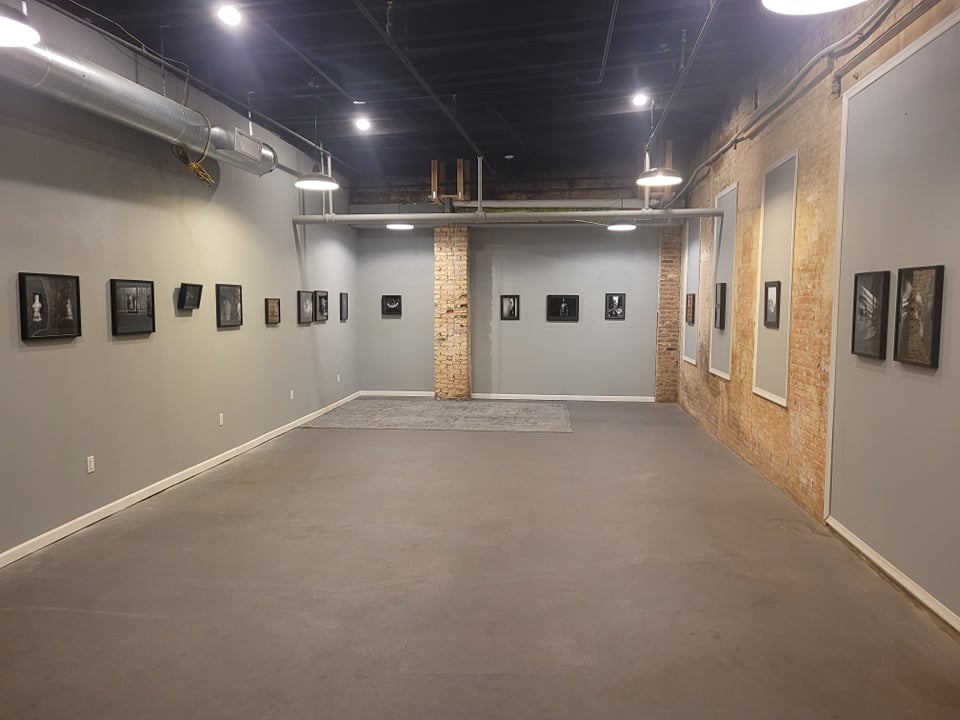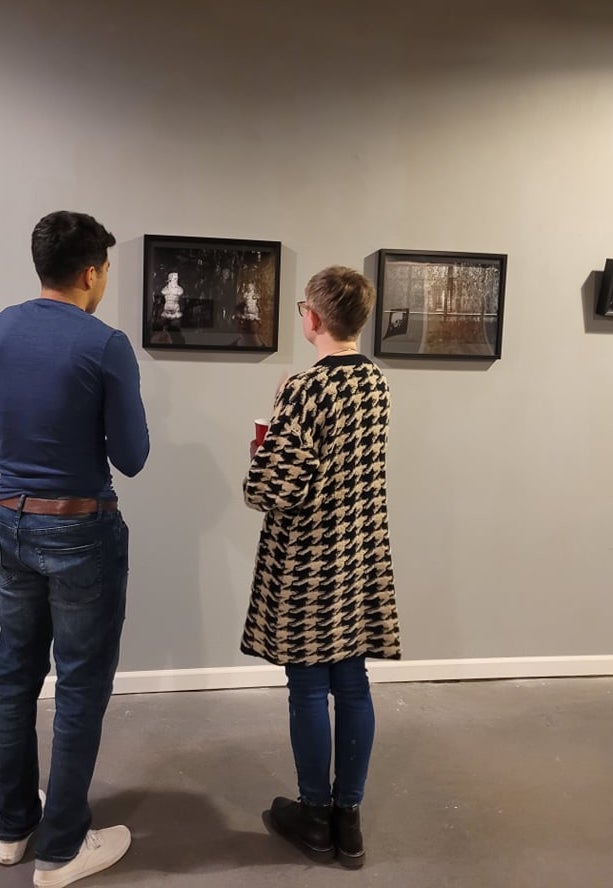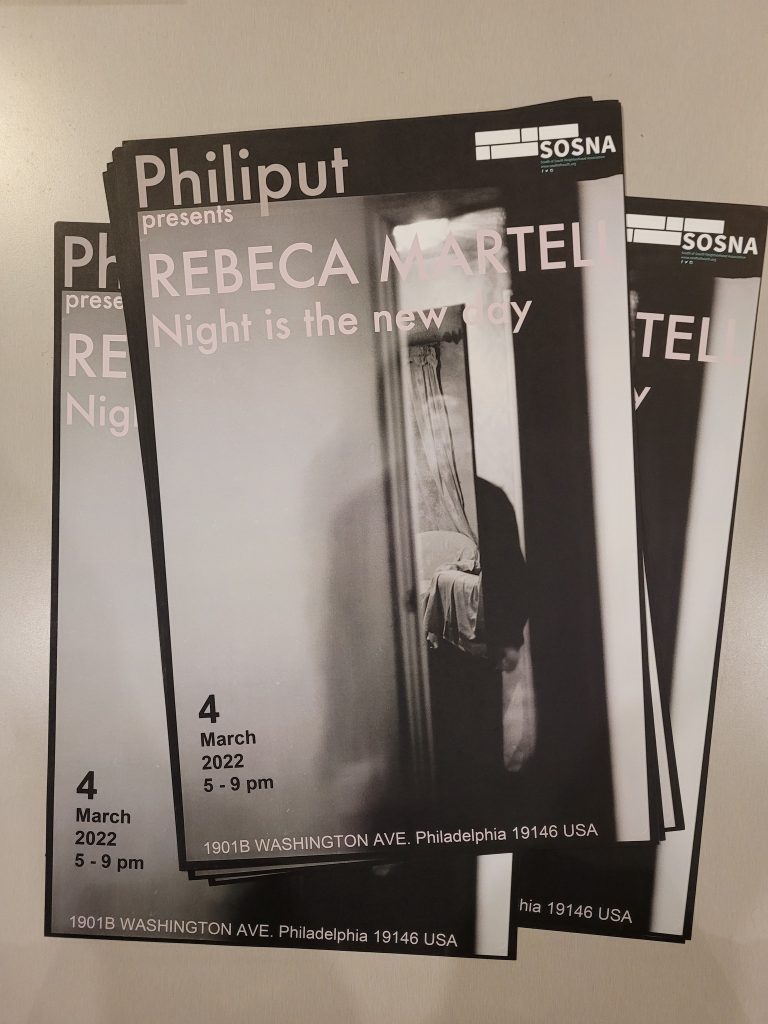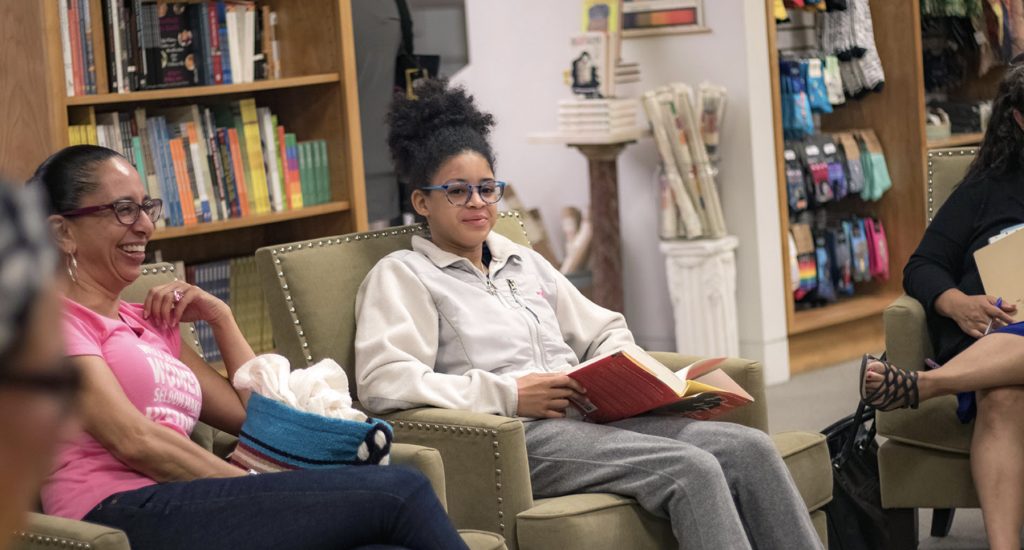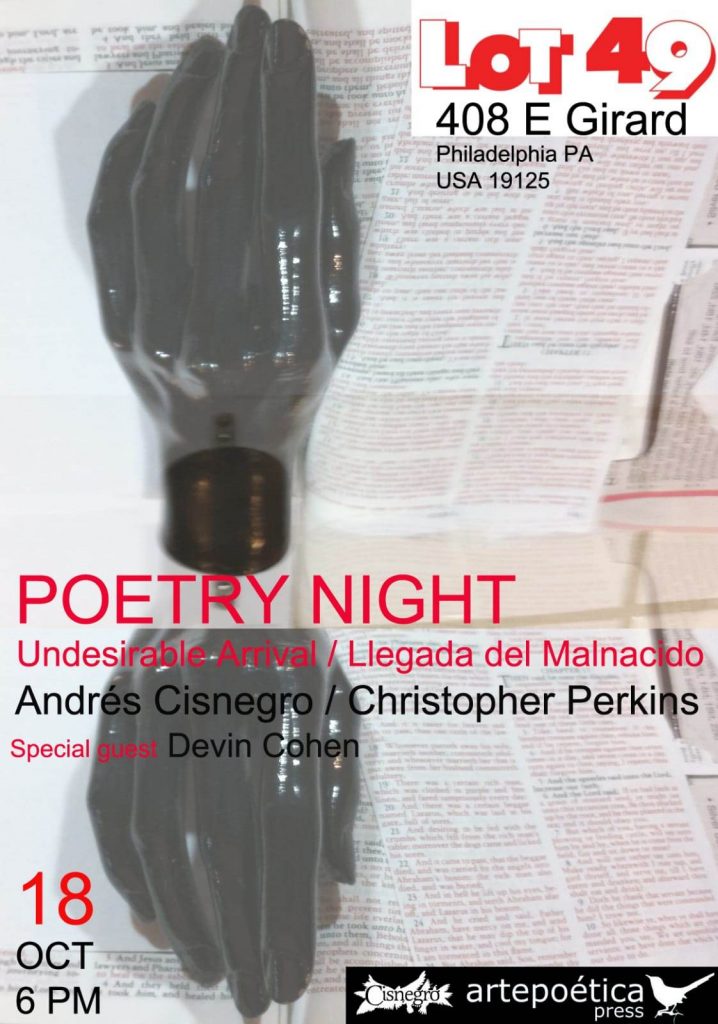
Philiput presents: Andres Cisnegro, Christopher Perkins, Devin Cohen poetry reading Oct 18 at 6pm at Lot 49 bookstore at 408 East Girard Ave, Philadelphia, 19125, US. Poetry Night in honor of the collective poetry book Boreal from Philiput and Cisnegro.
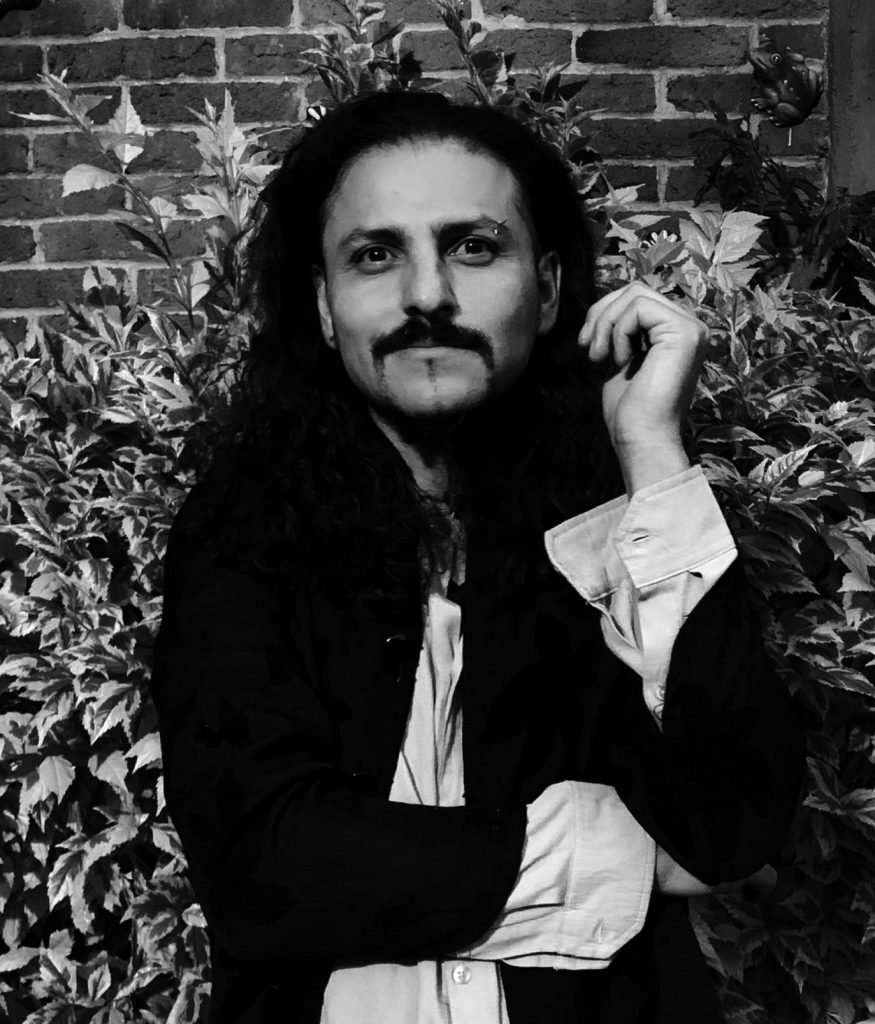
Andrés Cisnegro. Ciudad de México, 1979. Estudió Letras Hispánicas en la UNAM y Comunicación Social en la UAM. Camisa de once varas (BM, CDMX, 2022) es un recuento de sus primeros veinte libros. Recientemente fue realizada por artepoética press, en Nueva York, la edición bilingüe de Llegada del Malnacido, con traducción de Christopher Perkins. En Nicaragua apareció Zarrpastra, mapa de obra (400 elefantes, 2020); en Chile, La perra láctea (Cinosargo, 2021) y Fabla errante (Mano Falsa, 2022), en Perú. Su más reciente libro es Nivola del bien adverso (Ícaro Ediciones, 2023). Cisnegro traza rutas vivas sobre poéticas del siglo XX e investiga la poesía matérica. Gestiona cruces generacionales, debates, reediciones, talleres, laboratorios y la publicación de óperas primas y otras destrucciones necesarias. Entre ellas el Atlas Inverso de Poesía y el Biombo de movimientos mexicanos de poesía. Ha participado en congresos nacionales e internacionales de poesía y literatura. En 2018 participó en el Festival de Matemáticas, Ciencia y Cultura 2018 en Oaxaca, organizado por el Instituto de Matemáticas de la UNAM. Y en 2012 en el Festival Internacional de Ajedrez, como conferencista. Su poesía ha sido traducida al náhuatl, francés, inglés, árabe y portugués y griego. Actualmente es operador del proyecto múltiple Cisnegro. Lectores de alto riesgo, coordinador de la revista Blanco Móvil y cátodo dístico en la revista La Piraña.
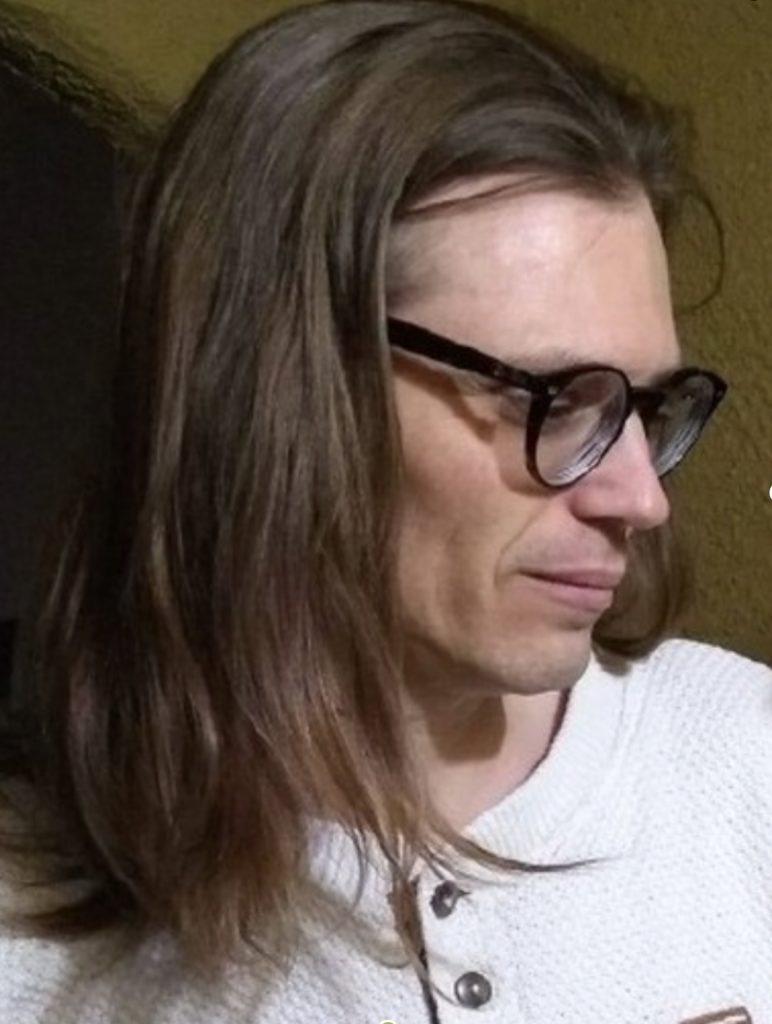
Christopher Perkins USA 1980Christopher Perkins is a writer and professional translator of poetry, teaches literature, creative writing, and essay writing for the University of Nevada LasVegas (UNLV).
He holds a Master of Fine Arts (MFA) in Creative Writing with an emphasis inpoetry and international literature and has translated poems from French andSpanish into English. He currently lives between Las Vegas, NV, U.S. and Mexico City.
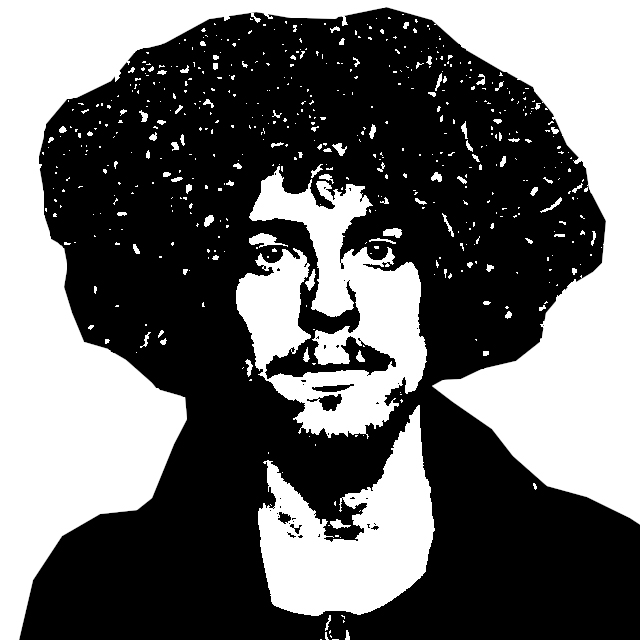
Devin Cohen (Philadelphia, USA) is a multi-instrumentalist multidisciplinary artist, working with experimental abstract visual art, painting, poetry, sound art. He has written, painted, exhibited, performed, across the U.S., Mexico, Israel, Paris, Iceland, Germany, Sweden, Lithuania, Spain, Japan, Hungary, Greece, Italy, Belgium, Switzerland, Austria, Argentina, Canada, Poland, India, Turkey… His poetry book is ALL PRAISES and his experimental Alien Architect poetry music album is Arteria. He has attended artist residings in Hungary, Lithuania, Romania…. Mekisko.. His work has been selected for the Ibero Biennale de Puebla de Los Ángeles, as well as the Biennale de pintura J.A. Monroy in Mexico; Devin’s work has been exhibited in Museo de Arte Contemporáneo Ateneo de Yucatán MACAY, Centro Estatal de las Artes de Baja California in Tijuana, Centro Cultural Plaza Fatima in Monterrey, Museo UPAEP in Puebla, Museo de la Mujer in Mexico City, as well as the Slought Foundation and Barnes Foundation in Philadelphia, art festival en Lithuania, art fair Sweden… Devin Cohen with Rebeca Martell run and curate Liliput Gallery in Puebla, Mexico, and Philiput Gallery in Philadelphia, Pennsylvania, USA. Devin´s art was recently exhibited in Berlin, and is currently exhibited in Merida, Atlixco, Paris, Philadelphia… Devin Cohen just returned from Leipzig to Berlin to Paris, to now in Philadelphia to read his poetry at Lot 49 as part of Philiput poetry tour. Liliput Xperimental Gallery celebrates its 8 year anniversary this month.
NYC/Philadelphia Philiput Poetry Tour Dates:Philiput presents: Devin Cohen, Andres Cisnegro, Christopher Perkins Poetry Tour Oct 16 : Poetry reading at 7:30 pm at 125 E. 15th St , NYC

15 minute walk to 9pm reading at 85 E 4th St, New York, NY 10003

Oct 17: Manayunk-Roxborough Art Center at 419 Green Lane (rear) Philadelphia PA 191285pm-8pmOct 18: Lot 49 Books at 408 E Girard Ave, Phila. Reading at 6pm

Oct 19: Philiput at 1901 B Washington Ave , Phila. starts at 8:30pm

*poet Cassie Macdonald reading as well
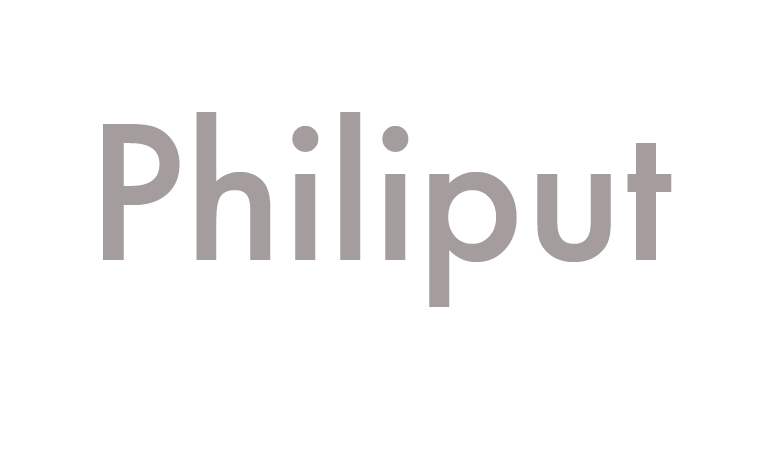
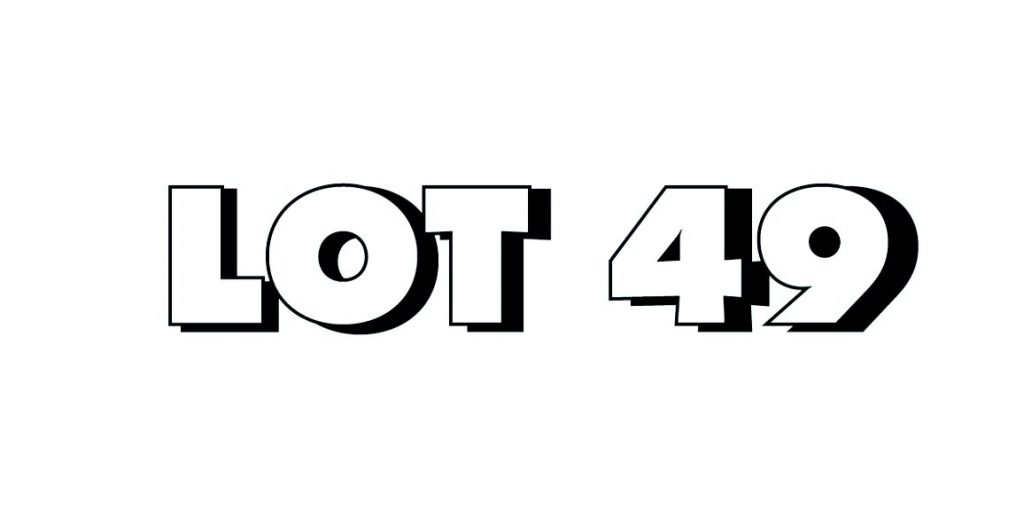
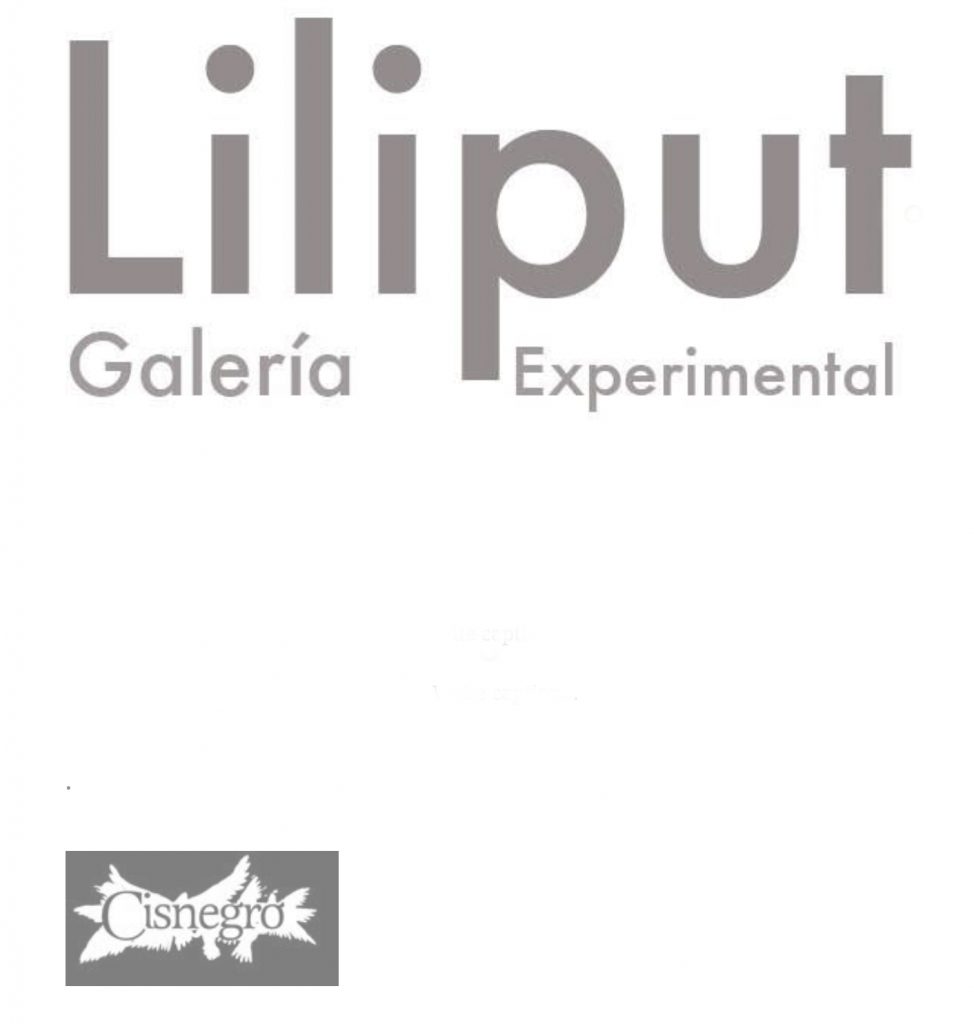
Thank you to Devon Cohen for the content of this post.
Like DoNArTNeWs Art News Blog by DoN Brewer on Facebook
Follow the new DoNArTNeWs.com
Follow DoN on Twitter @DoNNieBeat58
@donniebeat on Instagram
Affiliate Marketing [disclosure page] Shop on-line and help support DoNArTNeWs
Donate via safe and secure PayPal in the sidebar.

